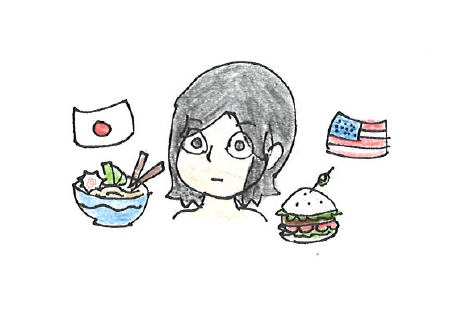
Once foreign media is broadcasted to an English-speaking audience, the video could be translated to and voiced in English — a different experience than the same video with English subtitles accompanying the voices of the foreign language.
Some would find having to read subtitles a hassle and would prefer it to be dubbed, or voiced, in English.
But translating shows or movies into a familiar language does not always leave the same impression as the original video.
Translations are not always accurate and meanings could be lost with cultural differences. Informal sayings in English would have to be literally translated into a different language in a dubbed version, which means that a pun bringing humor or bestowing meaning in the original version would be lost in the translation.
Though dubbed media is good for exposing children to other cultures, older people would learn from watching those with subtitles. This would allow the intended cultural references to expose them to another culture.
Many Japanese animated shows are dubbed for American viewing, and in the past, have been censored to replace cultural cuisine with random American food. Unmodified foreign shows could have a positive impact on younger audiences, yet some choose to overly censor any indication of cultural difference in a needless attempt to prevent alienating their audience.
Using the reasoning that a foreign phrase is hard to pronounce is not a good argument. It is positive for American audiences to learn a word in another language and it will not detract from the worth of the show for an audience.
Just as visiting other countries or learning other languages are viewed as great experiences, watching a show with different cultural meanings is fascinating.
It gives one a way of previewing some aspects of another country and culture in a medium that is appealing to many, and can be an enjoyable activity regardless of how much knowledge is retained from it.

